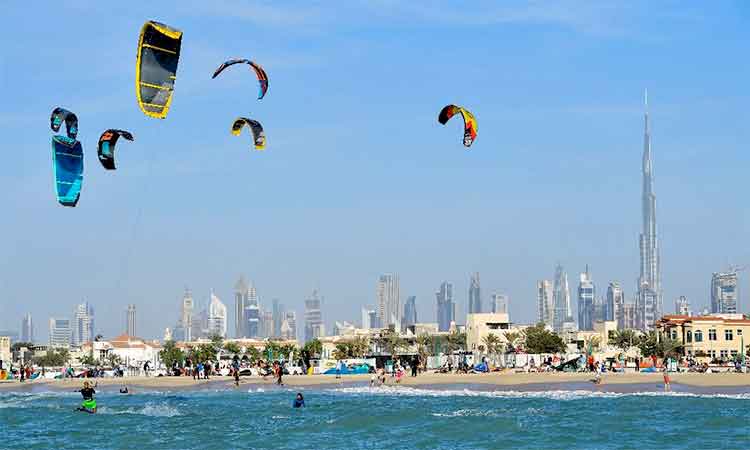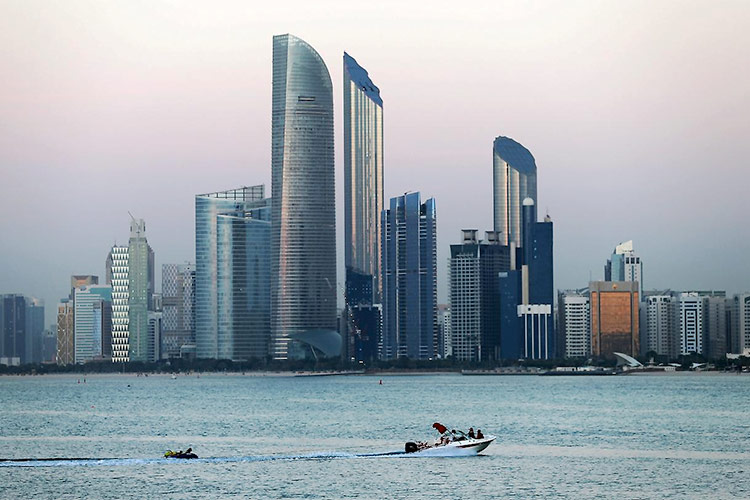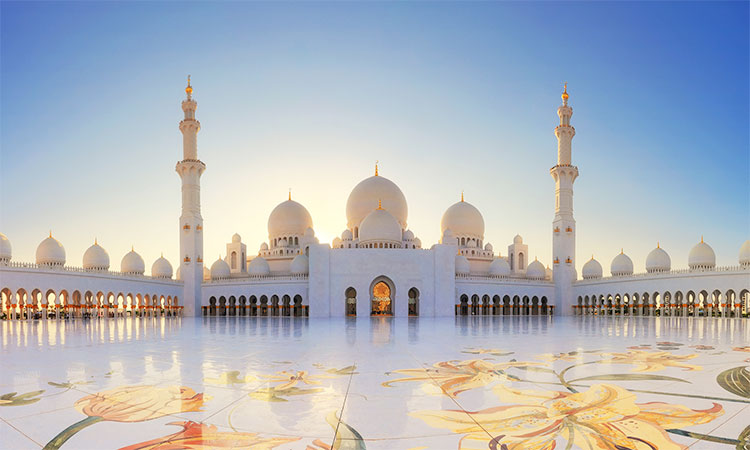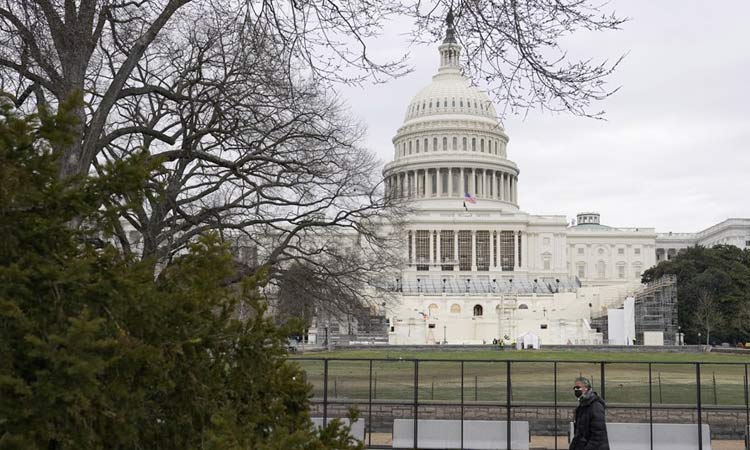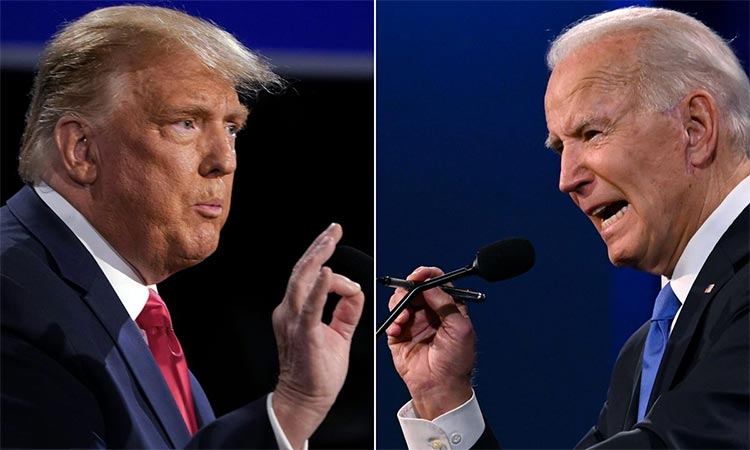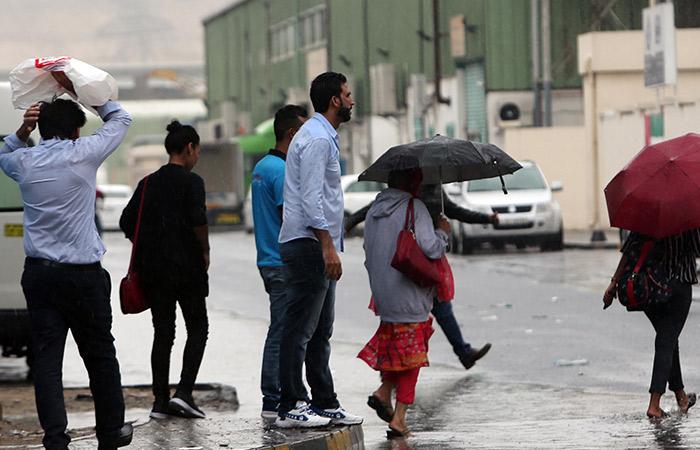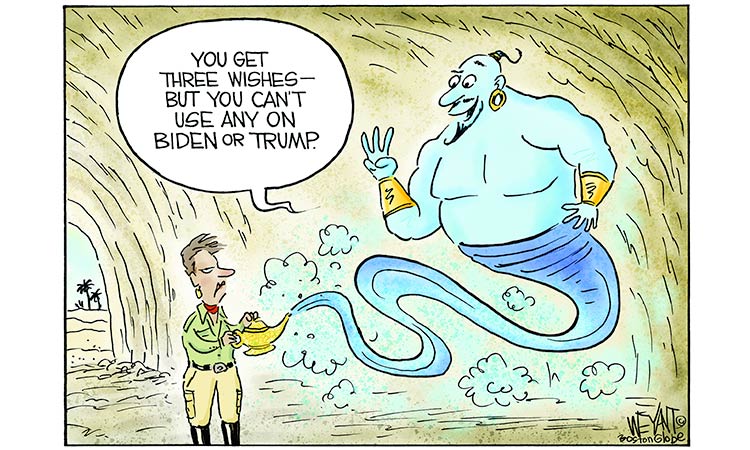The sinking city
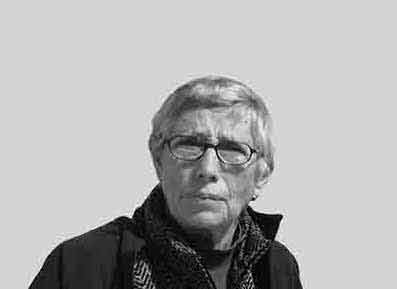
Michael Jansen
The author, a well-respected observer of Middle East affairs, has three books on the Arab-Israeli conflict.
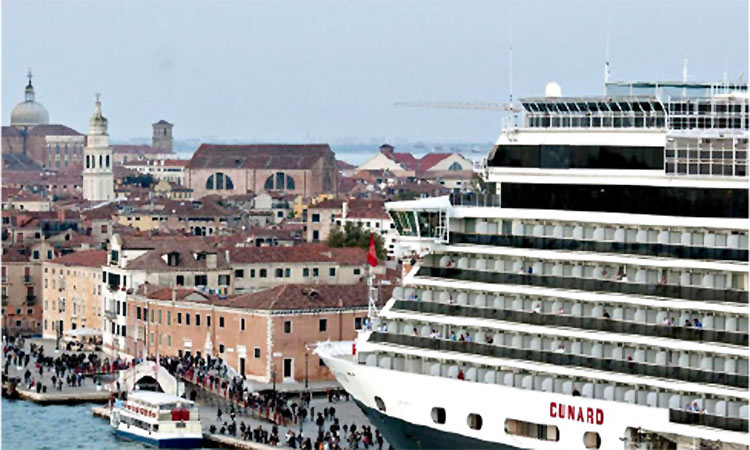
In June, thousands of Venetians staged rallies after a cruise ship crashed into a dock and a small tourist boat, injuring four persons.
Venice is responding to siege by tourists by deporting visitors who violate recently-introduced rules governing their behaviour. Last week two German backpackers were fined $1,058 (Dhs3,886) and told to leave the city after they began to brew coffee on camping gas on the steps of the historic Rialto bridge. This was the 40th expulsion since May when the regulations were introduced.
Under these regulations, visitors will be penalised if they sit or lie down in front of shops, monuments and other historic sites, go about shirtless and in bathing suits, swim in the canals, litter, picnic or create disturbances in public places. The names of expellees are given to their countries’ embassies and consulates in Italy.
Bad behaviour by foreign visitors is not Venice’s chief problem. The sheer volume of visitors has overwhelmed the city, its historic monuments and churches, its canals, bridges and fragile environment. Some 30 million tourists visit the city every year. The city has also adopted a modest “landing tax” for day-stay visitors, a million of whom arrive annually on cruise ships which carry thousands of passengers. Venice already has a city tax charged by hotels, but the new tax could fetch nearly double the money which will be used to upgrade Venice’s tourist- challenged infrastructure and protect the sites most visited. Venetians are not convinced.
They complain tourist density at major sites makes it impossible to get around the city and say local shops no longer cater to residents by stocking fruit and vegetables. Instead, they stock garish Chinese plastic models of Venetian buildings and t-shirts and hats advertising the city’s charms. Canal boat transport is crowded with tourists who clump together and make movement difficult for locals. Pickpockets flock to the city to prey on tourists and, occasionally, Venetians. Restaurants serve substandard food at high prices. Day-trippers from cruise liners spend little money on shore as the ships provide food and tour guides who set their itineraries and leave visitors no time to shop or take meals.
In June, thousands of Venetians protested the passage of cruise vessels within a few hundred metres of St Mark’s Square as they sail along the Giudecca canal to the international passenger terminal. Demonstrators staged rallies after one of these multi-storied juggernauts crashed into a dock and a small tourist boat, injuring four persons. Activists argue the wash from these huge ships erodes the medieval foundations of the city and threatens to swamp the lagoon while loosing upon Venice thousands of tourists within a short time.
The Guidecca canal leads to St Mark’s Square, the city’s most popular destination which is normally thronged with tourists and avoided by Venetians, particularly during high season. In 2013, the government banned cruise ships from the canal but this measure was overturned due to political pressures on the city council by business interests which seek to maximise tourist arrivals at the expense of the 55,000 Venetians who live within the historic city.
Following the Giudecca canal incident, the frustrated mayor of Venice, Luigi Brugnaro, asked UNESCO, the United Nations Educational, Scientific and Cultural Organisation, to blacklist the city because Italy’s transport minister refused to draw up a plan to prevent huge cruise ships from entering the city’s main canals. A UNESCO blacklist would reduce the number of such ships that can enter the city, which, as a whole, was declared a World Heritage Site by the organisation in 1987.
Built on 118 islands in the lagoon which opens onto the Adriatic Sea, Venice sank five inches during the past century due to industrial extraction of water from the aquifer, but sinkage was largely halted in the 1960s. Venice is now threatened with inundation by climate change. The city has to cope with rising sea waters due to the melting of polar ice caps and glaciers caused by global warming. This development adds to the city’s normal high tide, acqua alta, which periodically floods the city. This occurs between October and January but can take place at other times. Acqua alta can last a few hours or a couple of days. Venetians have learned to cope but visitors do not expect to wade across the city’s famous squares.
Venice was given its name by the Veneti people who inhabited the area in the 10th century BC. The people who established the city were refugees from conflicts gripping Italy. Venice became the capital of the 1,100 year Venetian Republic, 697-1797 AD, which was the first global financial and commercial centre. Venice prospered during the Middle Ages but became a staging area for the Crusades which waged war on the Middle Eastern region. During the Renaissance, wealthy Venice championed painting, music and other artistic expression.
Modern Venice has inherited the splendid palaces, churches and public buildings from its golden days. The city’s grandest sites are St Mark’s square and its Renaissance era golden-domed cathedral, its tower, splendid mosaics and museum; the 10th century Doge’s Palace built in the Gothic style; the Grand Canal; the ornate 16th century Rialto bridge; and the arched, enclosed Bridge of Sighs. Burano is an island famous for lace and Murano for its artisan glass. Most tourists are keen to ride on the Grand Canal in a gondola, Venice’s slender, high-prowed boats propelled by a man with a long pole. Some of the gondoleers even sing arias from Italian operas which are performed at La Finice, Venice’s famous opera house that is a landmark in Italian theatre. The Lido is the city’s popular seaside area and hosts the Venice Film Festival, at 76, the oldest in the world, which this year will be held from Aug.28 until Sep.7. The Venice festival rivals those of Cannes in France and Berlin in Germany.
